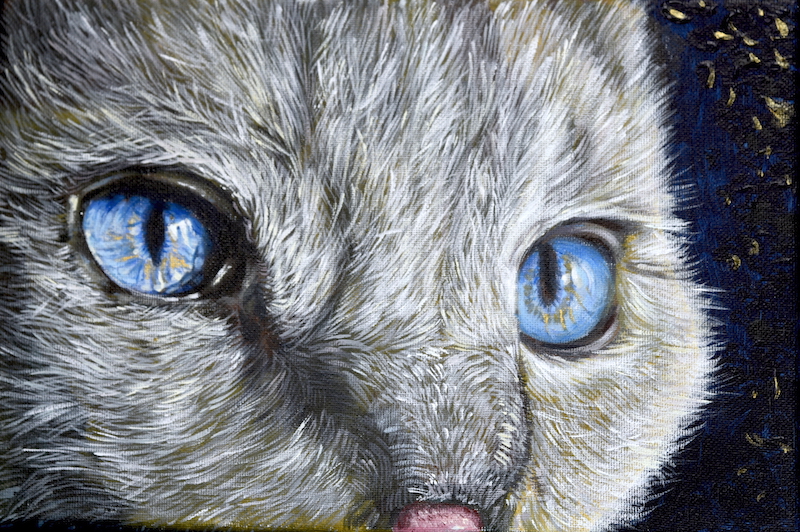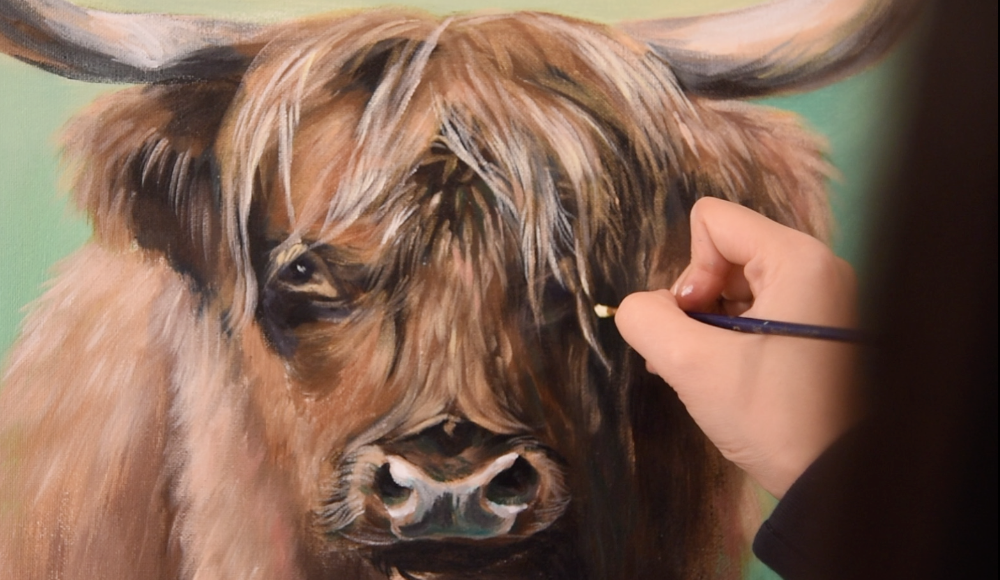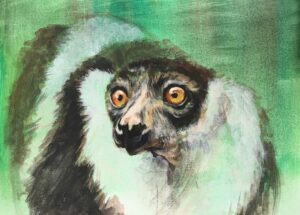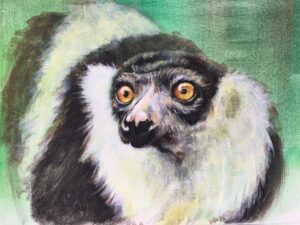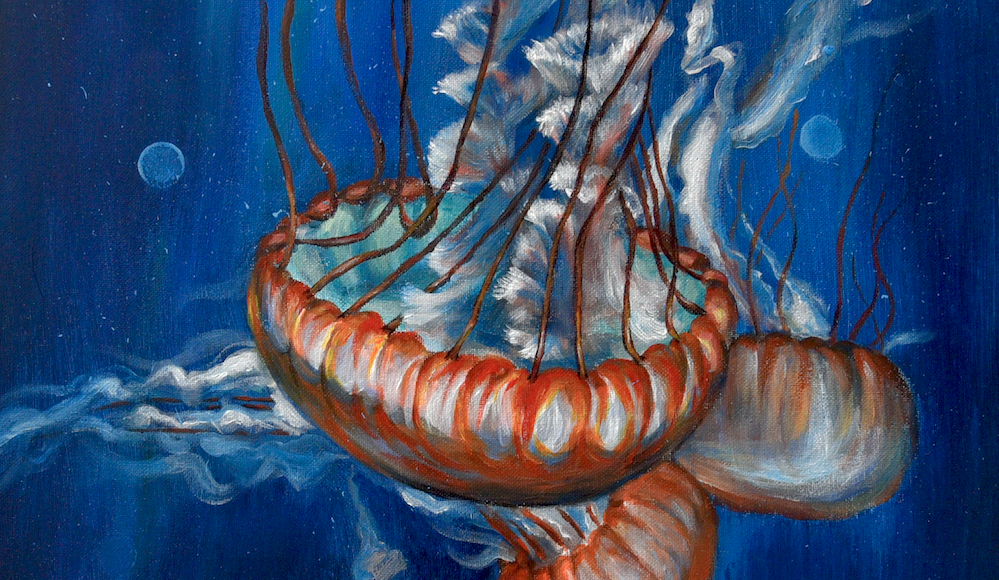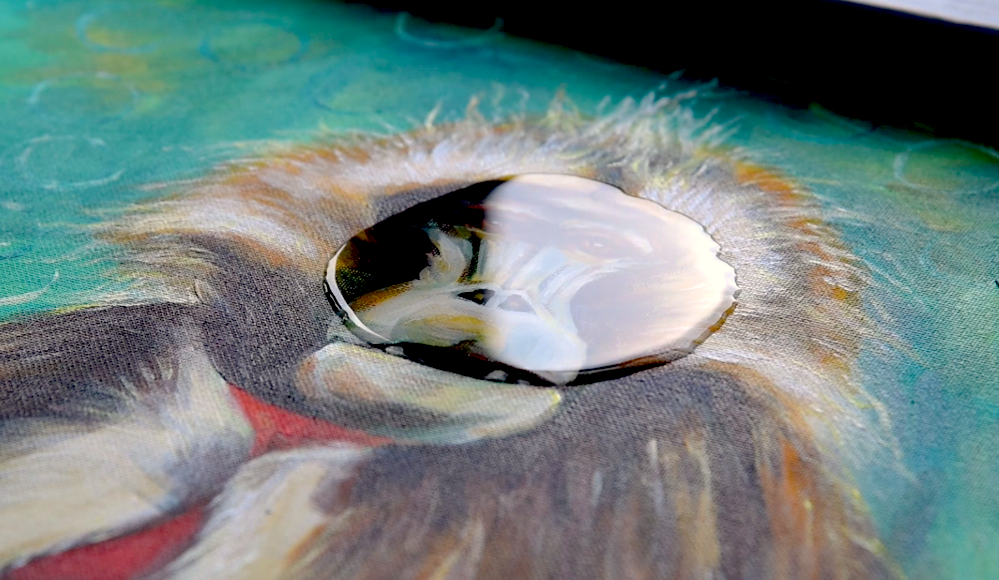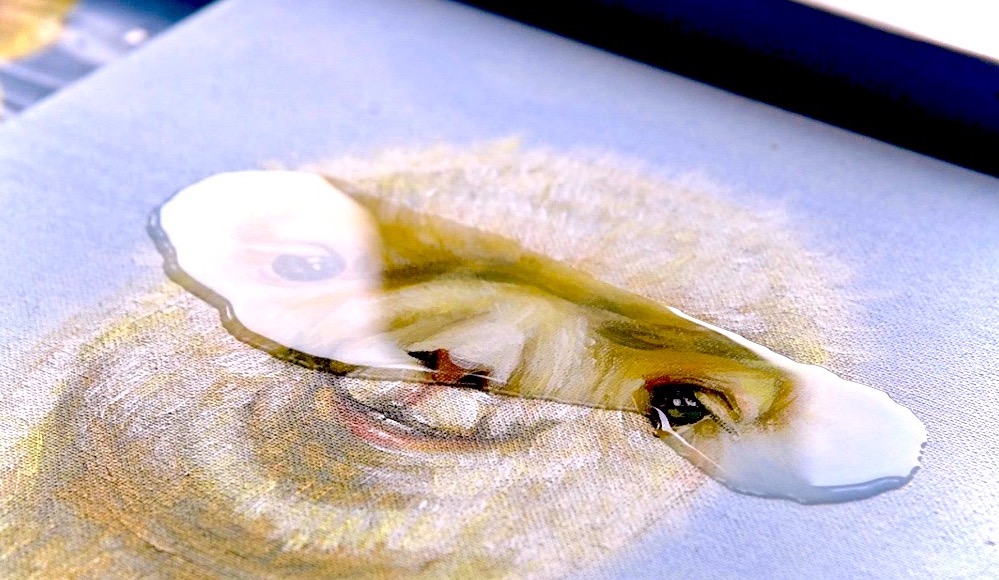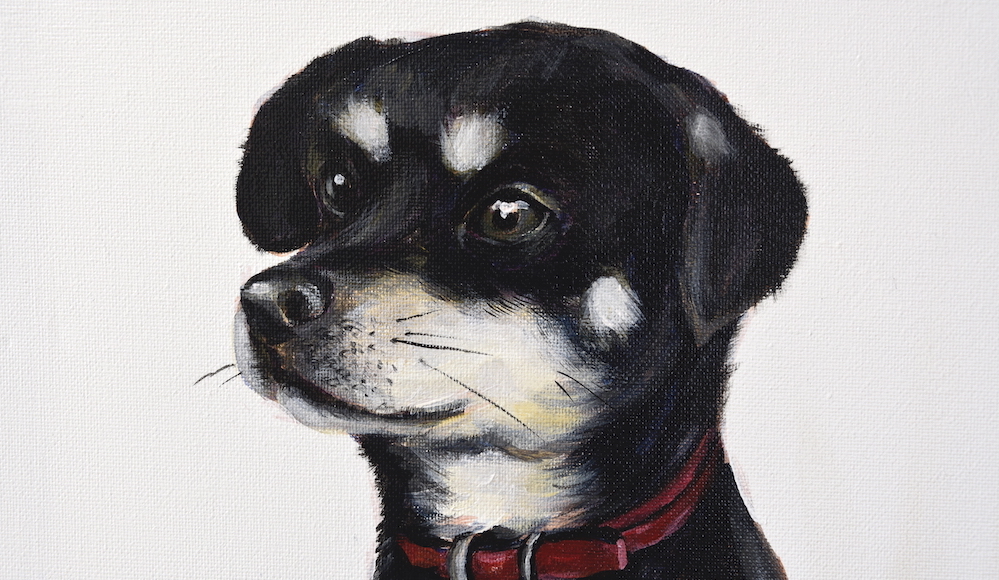
Black Jack is not his actual name, in China he is known as Xiaohei (小黑), which means a little black dog. But here let’s call him Jack, just in case people find it a struggle to pronounce Xiaohei.
Yes, Jack is from China, 2 years old, but you might not be able to guess his story. Jack was a stray dog, no one knows when had he started wandering around a business area in Beijing. Unlike other stray dogs in China, who is afraid of people, or barking at pedestrians, Jack was very friendly and cheering.
Sometimes all it takes to chase the dark clouds away from the daily work is to have a new friend walk into our lives. Jack was the new friend to the business community. He treated this business area as his home and those who cared about him as his playmates.
So gradually, a small Jack-caring community was formed by his “playmates”, and they would share news about Jack, feed him with the food from the canteen, and even bought Jack a house with the raised fund.
However, everyone knows what happened in 2020, when the pandemic hit China, together with other safety issues, the Jack-caring community had decided to find Jack a permanent loving home. With his cuteness and stunning reputation, Jack was shortly been adopted by a family. The Jack-caring community didn’t stop there, they keep checking on Jack and make sure he is happy and loved.
In return, Jack would upgrade his service to include escorting his mates to the tube station to ensure them a safe journey if they work late at night. How delightful was that!

Type: Acrylic painting on canvas
Size: 30cm (W) * 40cm (H)
More images
Home sweet home






